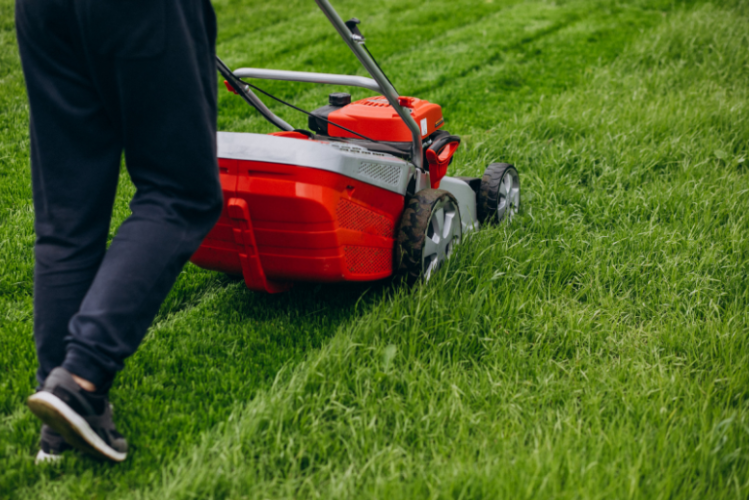Are you tired of looking at a patchy, uneven lawn and wondering how your neighbors manage to maintain such a lush, green oasis? If you’re new to lawn care or simply want to up your game, you’ve come to the right place. In this comprehensive guide, we’ll cover all the essential steps to transforming your outdoor space into a perfectly manicured yard.
Understanding the Basics of Lawn Care
Lawn care may seem like a daunting task, but with the right knowledge and a bit of elbow grease, you can achieve the lawn of your dreams. At the heart of successful lawn care is understanding the specific needs of your grass type, soil conditions, and local climate. Whether you have a cool-season grass like fescue or a warm-season variety like bermuda, familiarizing yourself with the unique growth patterns and maintenance requirements is crucial.
Mowing for a Healthy Lawn
One of the most important aspects of lawn care is proper mowing techniques. Cutting your grass at the right height and with the right frequency can make a significant difference in its appearance and overall health. As a general rule, aim to remove no more than one-third of the blade height with each mowing. This helps prevent stress on the grass and encourages deeper root growth. Additionally, be sure to sharpen your mower blades regularly to ensure a clean, even cut.
Watering and Irrigation
Adequate water is essential for a thriving lawn, but it’s important to strike the right balance. Overwatering can lead to disease and weed growth, while underwatering can cause the grass to become dry and brittle. Aim to water deeply and infrequently, providing about 1 to 1.5 inches of water per week, either through natural rainfall or supplemental irrigation. Consider installing a smart irrigation system to optimize water usage and prevent waste.
Fertilizing for Lush, Green Grass
Proper fertilization is a crucial component of lawn care. The right fertilizer, applied at the right time and in the right amount, can dramatically improve the appearance and resilience of your grass. Look for a balanced, slow-release fertilizer formulated for your specific grass type and follow the application instructions carefully. Avoid over-fertilizing, as this can lead to excessive growth, thatch buildup, and other issues.
Aerating and Dethatching
Over time, your lawn can become compacted, and a thick layer of thatch (the intermingled stems, roots, and debris) can build up, preventing water, air, and nutrients from reaching the soil. Aerating and dethatching are two essential lawn care practices that address these problems. Aeration involves creating small holes in the soil to allow for better air and water penetration, while dethatching removes the built-up thatch layer. These tasks can be done annually or as needed to keep your lawn healthy and thriving.
Weed Control and Pest Management
No lawn is complete without the occasional weed or pest problem. To maintain a pristine yard, it’s important to stay on top of weed control and pest management. Identify the specific weeds or pests in your lawn and select the appropriate treatment method, whether it’s manual removal, selective herbicides, or targeted insecticides. Be sure to follow all product instructions and take safety precautions when using any chemical treatments.
By implementing these essential lawn care practices, you’ll be well on your way to achieving the lush, green yard of your dreams. Remember, lawn care is an ongoing process, but with patience, dedication, and a little know-how, you can create a beautiful outdoor oasis that will be the envy of your neighborhood.

